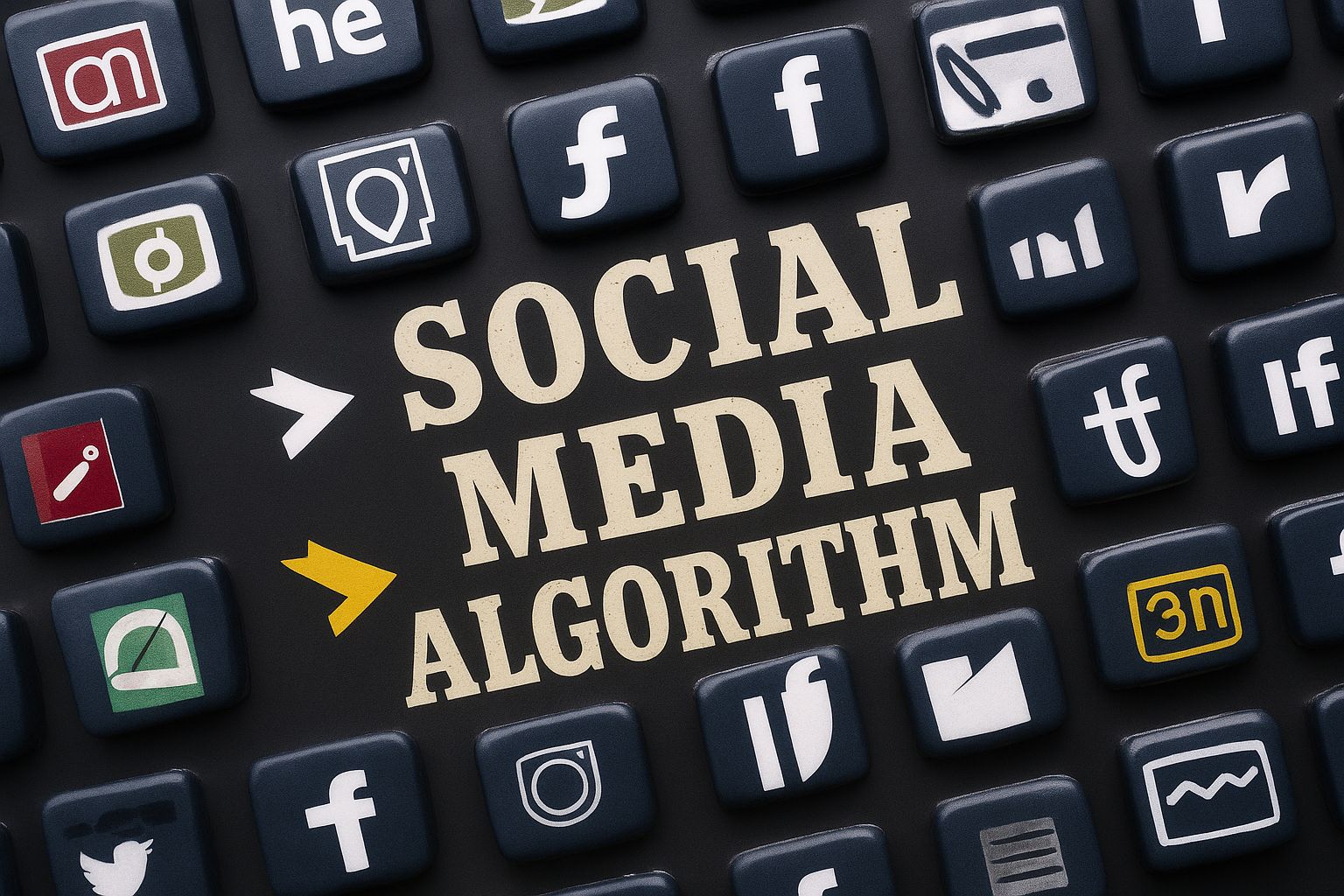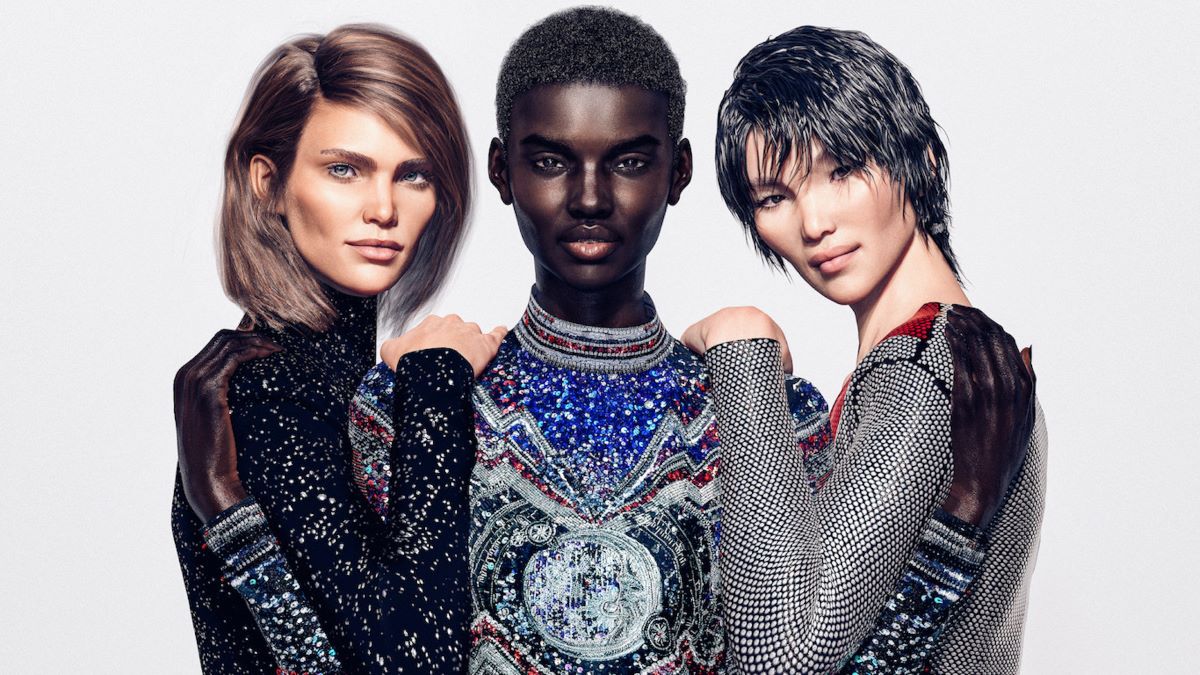
Social Media Algorithms 2025: What...
August 19, 2025



In the ever-evolving realm of digital media, a new breed of influencers is taking center stage, capturing the attention of audiences worldwide—virtual influencers in digital marketing. These computer-generated personalities, born from the marriage of technology and creativity, are rewriting the rules of digital marketing. In this blog, we’ll embark on a journey to explore the emergence of virtual influencers, unravel their unique creation process, and dissect the profound implications they carry for brands navigating the digital landscape.
Imagine influencers who don’t age, never need a day off, and can seamlessly adapt to any brand’s vision—this is the allure of virtual influencers in digital marketing. These digital personas are meticulously crafted through a combination of advanced computer graphics, artificial intelligence, and the creative prowess of their human creators. Each detail, from facial expressions to fashion choices, is carefully designed to resonate with a specific target audience.
The creation process often involves 3D modeling, motion capture, and detailed scripting to imbue these virtual beings with distinct personalities. As technology continues to advance, the line between the real and virtual blurs, enabling virtual influencers to engage audiences on a level previously thought impossible.
One might question the authenticity of virtual influencers in digital marketing, given their entirely digital existence. Surprisingly, it’s precisely this lack of a ‘real’ life that contributes to their appeal. Virtual influencers represent a canvas for brands to paint their narratives without the constraints of reality. These digital entities are free from controversies, scandals, or the limitations of human influencers, providing a clean slate for brands to project their ideals and messaging.
Moreover, the perfection embodied by virtual influencers in digital marketing taps into societal desires for flawless aesthetics, creating aspirational figures that resonate with today’s visually-driven digital culture. This raises the question: are we entering an era where authenticity is redefined by the perfection of the virtual?
The impact of virtual influencers in digital marketing is profound and multifaceted. Brands are finding new and innovative ways to leverage these digital personalities to connect with audiences. Virtual influencers can be programmed to embody brand values, deliver consistent messaging, and adapt seamlessly to changing trends, offering a level of control unmatched by their human counterparts.
However, with great power comes great responsibility. The ethical considerations surrounding virtual influencers in digital marketing, such as transparency about their digital nature and potential deception of audiences, need careful navigation. Striking the right balance between innovation and transparency is crucial for brands looking to embrace the virtual influencer trend.
As we stand on the precipice of a new era in digital marketing, the ascent of virtual influencers in digital marketing challenges our perceptions and redefines the boundaries of brand representation. Will virtual influencers become the norm, reshaping the influencer marketing landscape? Only time will tell.

In conclusion, the rise of virtual influencers in digital marketing marks a pivotal moment in the evolution of digital media. Brands must adapt to this brave new world, where the fusion of art and technology creates influencers that transcend the limits of reality. The journey has just begun, and the digital landscape promises to be forever transformed by the allure of these virtual trendsetters.
Leave A Comment